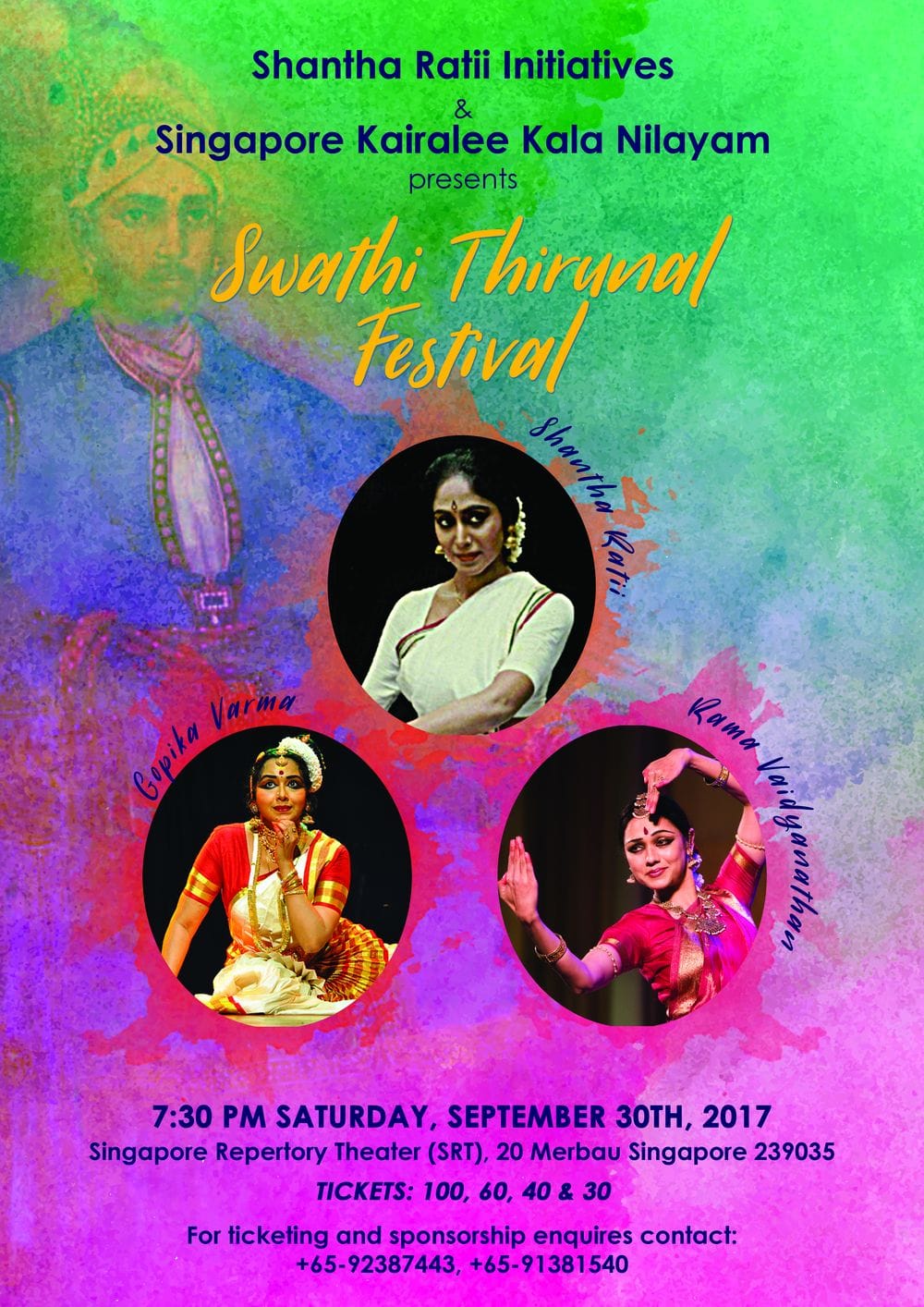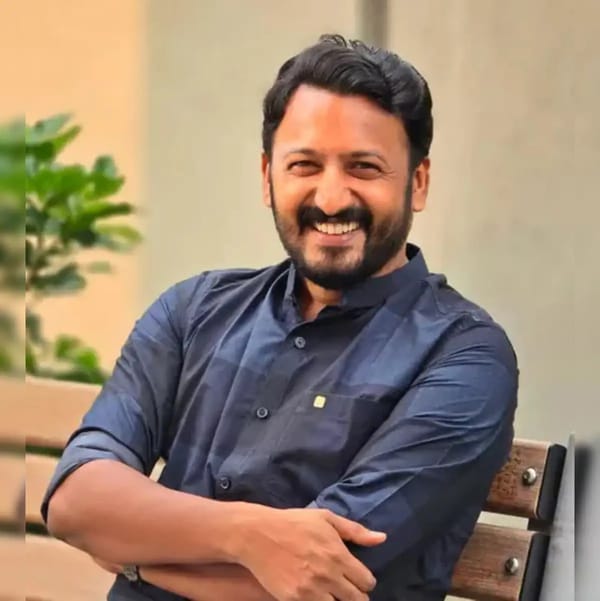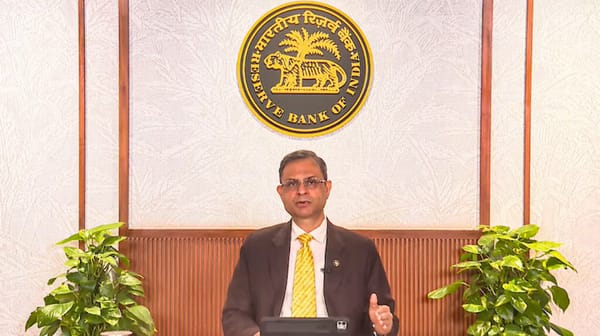Swathi Thirunnal Festival on 30th Sep at Singapore Repertory Theatre

Shantha Ratii Initiatives (SRI) & Singapore Kairalee Kala Nilayam (SKKN) Presents Swathi Thirunnal Festival at 7:30 PM Saturday, September 30th 2017 at Singapore Repertory Theatre (SRT)
Legend goes that Brahma created the “Natya Shastra” as the fifth Veda as the lower castes (the Shudras) weren’t entitled to listen to the four primary Vedas. Brahma drew the Paathya (Recitative) from the Rig Veda, the Geeta (Songs) from the Sama Veda, the Abhinaya (Histrionics) from the Yajur Veda and the Rasa (Sentiments) from the Atharva Veda and created the “Natya Veda” which was open to all irrespective of creed, caste and class. He then passed it on to Bharata Muni and his 100 sons who were tasked with propagation of the same. Bharata Muni broke down the text into simpler form and termed it Natya Shastra so that it would be easier to propagate it to the common man.
The pure essence of the Natya Shastra is to transport the individual in the audience to a parallel reality where he experiences the essence of his own consciousness and rises above the shackles of sorrow, greed, anger etc.
Khantaanyat Lambayat Geetam, Hastana Artha Pradakshayat
Chakshubhyam Darshayat Bhavom, Padabhyam Tala Acherait
*
Yato Hasta Stato Drushti, Yato Drushti Stato Manaha
Yato Manaha Stato Bhavom, Yato Bhavom Stato Rasaha
This means:
Let the song linger in your throat, allow your hands to bring out the meaning, express the feelings through your glances and maintain the rhythm with your feet.
*
Where the hand goes, there the eyes should follow, Where the eyes are, the mind should follow
Where the mind is, there the expression should be brought out, Where the expression is, there the rasa or flavour will be experienced (by the audience).
And therefore, in order for you to experience the essence of your own consciousness, to revel in the “bhaavam, thaalam, layam and rasam”, as part of the Swathi Thirunal festival, here in Singapore, we present to you acclaimed artistes in their respective genres to captivate and mesmerize you with their charm, grace, beauty and elegance in the following dance forms –BharataNatyam, Mohiniyattom and Kuchipudi.
The Swathi Thirunal festival is a tribute to Maharaja Swathi Thirunal of Travancore. He is considered as a brilliant music composer and is credited with over 400 classical compositions in both Carnatic and Hindustani styles. The Swathi Sangeethotsavam, commemorates the legendary compositions of the famed Maharajah.
Bharatanatyam – the Indian classical dance that originated in the temples of TamilNadu encompassing the ideologies of the Nritta, Nritya and Natya. Bharatanatyam literally means the unification of BHAavam, RAgam, TAlam in dance (Natyam). To represent this beautiful dance form, we have Rama Vaidyanathan, a leading exponent of Bharatanatyam. She is undoubtedly one of the most sought-after artistes of her generation having carved a name for herself in the Bharatanatyam World. She has trained intensively under the legendary dancer Yamini Krishnamurthy and the renowned Guru Saroja Vaidyanathan. Everyone who has seen Rama perform is struck by her unique thought process and fresh approach to dance. While deeply rooted in tradition A performing career spanning for more than 25 years, Rama is a top graded artiste who has evolved her own individual style without forsaking the core principles of Bharatanatyam. She brings to her dance a rare sense of devotion and dedication, which leaves the audience with a sense of spiritual fulfilment.
From rural Indian schools to the World Music Institute in New York, Rama’s performances have cut across barriers of Nations, language, religion and culture. Apart from full length traditional performances for the avid Bharatanatyam lover, she also regularly performs for SPICMACAY - Society for the promotion of Indian culture among youth] where she endeavours to create an awareness and love for Bharatanatyam in the current generation. She also conducts master classes, workshops and Lecture Demonstrations for Dancers all over the World.
Mohiniyattom – literally interpreted as the “dance of Mohini, the enchantress”, seeks its origins in God’s Own Country, Kerala. With lasya as the predominant element, the entire technique in Mohiniyattom is of a graceful, gliding movement of the body, a circular use of the torso and a revolving in the half-bent position with the toe and heel used in a flowing rhythmic structure, traditionally performed by women. To enthral and enchant you with this beautiful dance form, we have Smt. Gopika Varma, a leading exponent, a professional performer and teacher of Mohiniyattom. Mrs. Gopika Varma started her journey of Mohiniyattom at the age of 10 from Smt. Girija and Smt. Chandrika Kurup, both senior students of Smt. Kalyani Kuttyamma, whose student she continued to be for ten years. She was also fortunate to learn Abhinaya, which is the quintesence of Mohiniyattom, from Sri. Kalamandalam Krishnan Nair, the doyen of the Kathakali sage. She has gleaned a wealth of knowledge and professional training in the "Sopana" style of performance, from Sri. Kavalam Narayana Paniker, a veteran in Indian theatrics.
Mrs. Gopika has performed extensively at various art festivals, sabhas and temples all over India and she has won laurels abroad when ICCR chose her to represent India. Her Mohiniyattom is marked by extreme grace and fluidity of movement, transmitting radiance through movements and expressions that at times sigh with nostalgia, purity and sanctity, while being blessed with geometrical precision and technical finesse. Presently, Gopika is running a Mohiniyattom Dance School named "Dasyam" at Chennai and also in Bangalore, with a vision to promote and develop Mohiniyattom dance outside Kerala; to award scholarships to genuine candidates, to provide teachers' training program in Mohiniyattom, to offer medical help to artists and to provide basic facilities to all the performing and non-performing artists by conducting annual events and Festivals.
Kuchipudi - a dance-drama performance art, with its roots in the ancient Hindu Sanskrit text of Natya Shastra, originated in the Krishna District in the state of Andhra Pradesh. Kuchipudi is named after the village in Krishna district – shortened form of the full name Kuchelapuram or Kusilava-puram also known as the “village of actors”. While being very similar to Bharatanatyam in form and song, Kuchipudi, traditionally uses postures that are brisk, flat-footed, dazzling and overall curved having more rounded poses. Bharatanatyam is termed the fire dance replicating the inner fire within the human body. On the other hand, Kuchipudi replicates man’s undying desire to unite with God. To take through an amazing journey in this unique dance form, we have Shantha Ratii, one of the leading lights of Singapore's cultural and classical dance scene, widely respected and recognized as one of the foremost Kuchipudi dancers of our times on the global stage. In a dazzling career spanning four decades she has scaled almost every peak in the world of Indian classical dance which is also an integral part of Singapore’s culture. Shantha started training at the tender age of 5 and soon blossomed into a prodigal talent. She was amongst the very first members of Singapore National Dance Company and represented the country in Australia and Russia. Shantha trained under legendary gurus in three distinctive dance styles – Bharatanatyam, Kuchipudi and Kathakali. She has broken boundaries in Kathakali, by essaying male roles in a tradition which has been a male domain for many centuries.
Shantha added and enriched the repertoire of Kuchipudi with literary works from all the different regions of India, since 2000, and has adopted the “Thillana” from Bharatanatyam and introduced to it, the notable Kuchipudi feature of dancing on a brass plate. She was instrumental in re-introducing traditional practices of the spoken dialogue in a celebrated master piece “Bama Kalapam” in 2002. This has now developed into her performance language. She has worked tirelessly to take the classical arts to the masses by doing illustrative performances, lecture-demonstrations, interdisciplinary works.
Join us for an amazing evening, reveling in the divinity and mysticism while we traverse the journey of consciousness with dance forms that represent the south of India in its truest form.
Tickets available at : http://swathithirunalfestival.peatix.com




